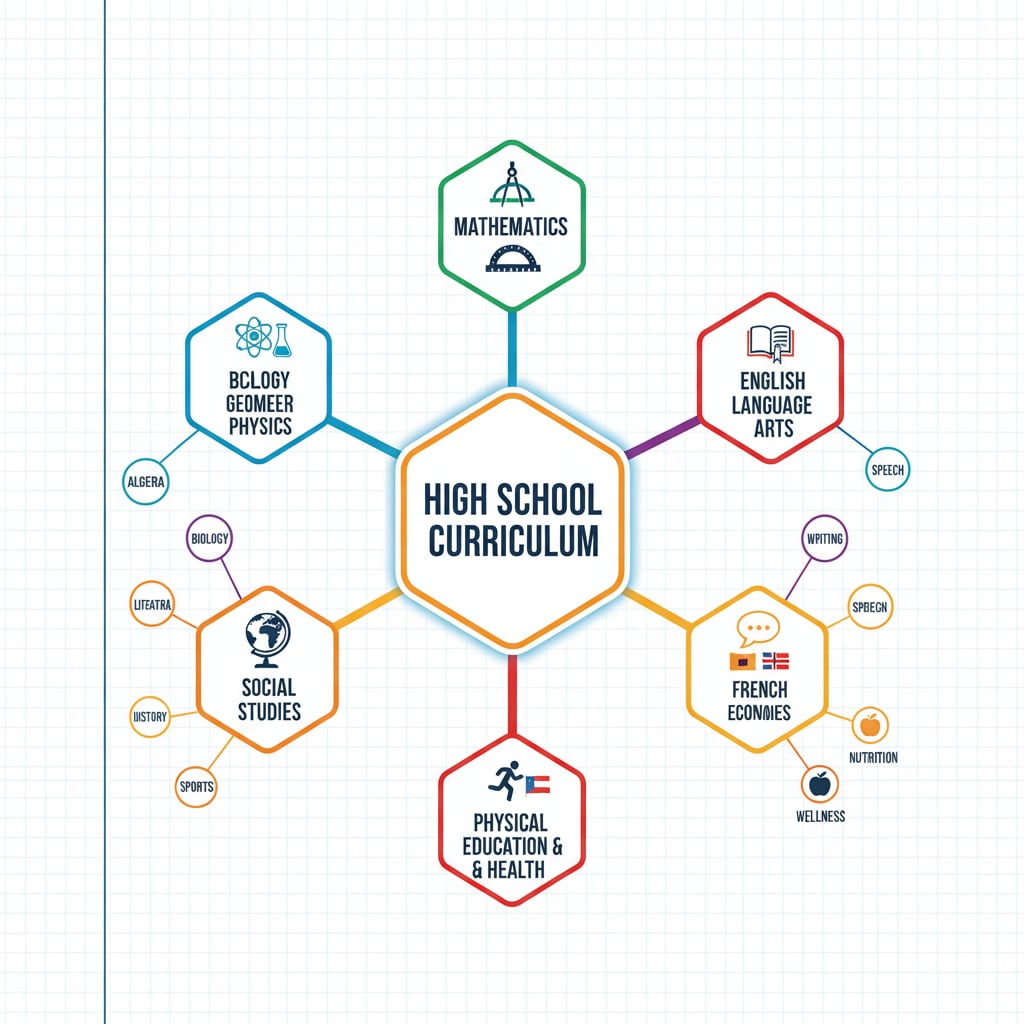Adult education presents a significant crossroads when it comes to deciding between obtaining a high school diploma, a General Educational Development (GED) certificate, or a High School Equivalency Test (HiSet) certificate. Each option comes with its own set of characteristics, advantages, and implications for future educational and career prospects.

Understanding these differences is essential for adult learners to make an informed choice that aligns with their goals.
The High School Diploma: A Traditional Path
A high school diploma is the traditional credential earned by completing a full four-year high school program. For adults, this may involve enrolling in night classes, online high school programs, or alternative education settings. The curriculum typically covers a broad range of subjects, including English, mathematics, science, social studies, and electives. High School Diploma Requirements on EducationCorner One advantage of obtaining a high school diploma is its widespread recognition. It is often seen as a more comprehensive and complete educational achievement compared to equivalent certificates. This can be beneficial when applying for certain jobs, especially those that require a solid foundation in multiple subjects. For example, some employers may prefer candidates with a high school diploma for administrative or entry-level positions that involve tasks such as report writing, basic math calculations, and understanding of social issues.

The GED: A Path to Equivalency
The GED is a standardized test that measures an individual’s knowledge and skills equivalent to those of a high school graduate. It consists of four subject tests: Reasoning Through Language Arts, Mathematical Reasoning, Science, and Social Studies. About the GED Test on GED.com The GED offers a more flexible option for adults who may not have the time or resources to complete a full high school program. It allows them to demonstrate their proficiency in key areas without going through the entire four-year curriculum. For instance, an adult who has been working for several years and has gained practical knowledge in some areas can focus on preparing for the GED tests and potentially earn the certificate in a shorter period. However, it’s important to note that some institutions or employers may view the GED as less comprehensive than a high school diploma.
The HiSet: Another Equivalency Option
The HiSet is another high school equivalency test. It assesses an individual’s knowledge in five areas: Language Arts – Reading, Language Arts – Writing, Mathematics, Science, and Social Studies. Similar to the GED, the HiSet provides a way for adults to prove they have the equivalent knowledge of a high school graduate. One advantage of the HiSet is its availability in multiple formats, including computer-based and paper-based tests. This can be more convenient for some adult learners, especially those who may be more comfortable with a particular testing format. Additionally, the HiSet may be more widely accepted in certain regions or by specific institutions compared to the GED. However, like the GED, it may not carry the same weight as a traditional high school diploma in all situations.
Readability guidance: As seen above, we’ve used short paragraphs to clearly present the information. Each option has been detailed in a separate section with a list-like structure in terms of advantages and considerations. Passive voice has been minimized, and transition words like “however” and “for example” have been used to enhance the flow of the article.


